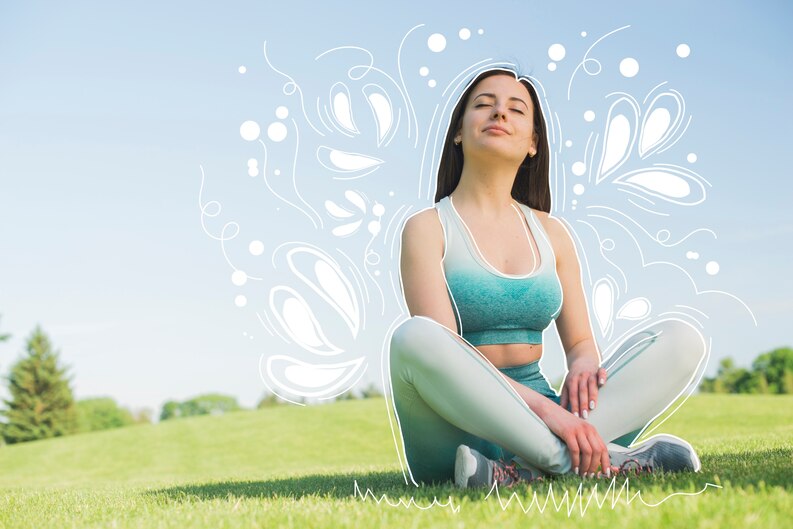Breathwork has emerged as a transformative practice, offering individuals a path to greater well-being and self-discovery. In this article, we will delve into the fascinating world of breathwork and explore how harnessing the power of your breath can lead to improved physical, mental, and emotional health.

Join us as we journey through the science, techniques, and benefits of this ancient practice that is gaining popularity in the modern world.
Breathwork, as the name suggests, involves focused and intentional breathing techniques to promote physical, mental, and emotional well-being. It’s a practice deeply rooted in ancient traditions and has found its way into modern holistic health and wellness.
The Science Behind Breathwork
Understanding the physiological mechanisms of breathwork is crucial. It affects the autonomic nervous system, leading to a shift from the sympathetic (fight-or-flight) to the parasympathetic (rest-and-digest) state. This shift has profound effects on the body and mind.
Types of Breathwork Techniques
Pranayama: The Art of Controlled Breathing
Originating from yoga, pranayama focuses on conscious breath control. Techniques like ‘Ujjayi’ and ‘Kapalbhati’ help regulate breath and energy flow.
Holotropic Breathwork
Developed by Dr. Stanislav Grof, this technique combines deep and rapid breathing with evocative music to induce altered states of consciousness.
Wim Hof Method
Wim Hof, known as the Iceman, teaches a combination of specific breathing techniques, cold exposure, and mindset training to enhance physical and mental resilience.
Getting Started with Breathwork
Embarking on a breathwork journey requires minimal equipment. Find a quiet space, sit comfortably, and begin with deep, intentional breaths.
The Mind-Body Connection
Breathwork bridges the gap between the mind and body. It cultivates awareness of bodily sensations, emotions, and thoughts.
Benefits of Breathwork

Stress Reduction and Anxiety Management
Breathwork techniques can rapidly reduce stress and anxiety by calming the nervous system and promoting relaxation.
Enhancing Mental Clarity and Focus
Improved oxygenation of the brain enhances cognitive function, leading to better concentration and mental clarity.
Emotional Healing and Release
Breathwork allows the release of suppressed emotions, providing a cathartic experience and promoting emotional healing.
Improved Sleep Quality
Practicing breathwork before bedtime can help you relax and improve the quality of your sleep.
Boosting Immune Function
Deep breathing enhances oxygen delivery to cells, improving overall health and boosting the immune system.
Achieving Mindfulness and Presence
Breathwork is a potent tool for achieving mindfulness, grounding you in the present moment.
Incorporating Breathwork into Daily Life
Integrate breath work into your daily routine. Whether it’s a quick session in the morning or a calming exercise before sleep, consistent practice yields the best results.
Conclusion
In conclusion, breath work is a remarkable practice that offers a multitude of physical, mental, and emotional benefits. By harnessing the power of your breath, you can enhance your overall well-being and lead a more fulfilling life.
FAQs
Yes, breath work is generally safe and can be adapted to suit various fitness levels and health conditions.
A session can range from 5 minutes to an hour or more, depending on your goals and experience.
While breathwork can complement medical treatments, it should not replace professional medical advice when needed.
Some individuals may experience dizziness or tingling sensations, but these are usually temporary and harmless.
You can start with self-guided breath works, but working with an experienced instructor can be beneficial, especially for beginners.







Leave a Reply